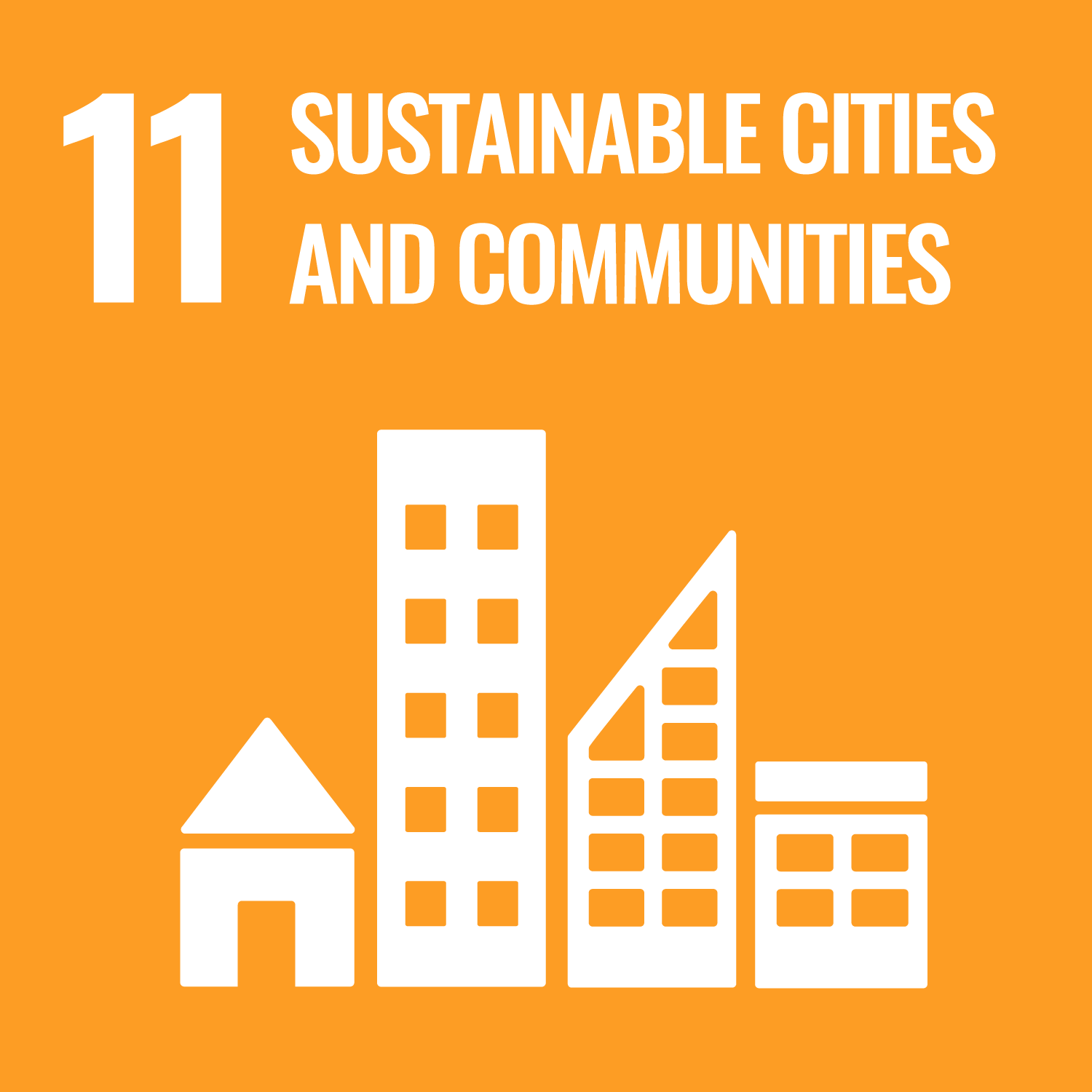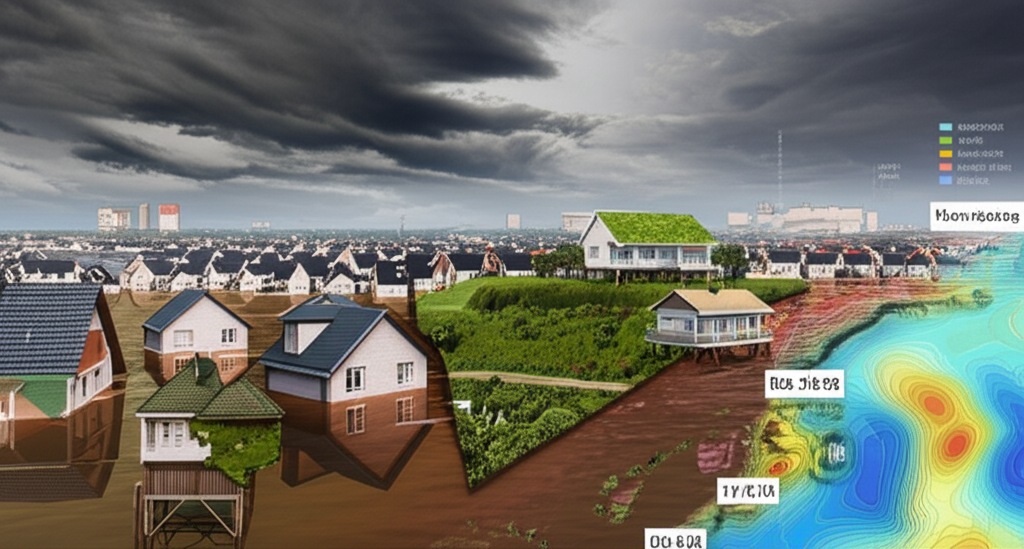Imagine living near a river, knowing that with each passing year, the threat of devastating floods looms larger. This isn’t just a hypothetical scenario; it’s a growing reality for many communities as climate change intensifies. Recognizing this escalating risk, researchers at Universiti Teknologi Malaysia (UTM) have developed a sophisticated new modeling framework to project future flood inundation risks, offering vital insights for at-risk regions.
The core of this research lies in its integrated approach. The UTM team combined climate model data with hydrologic and hydraulic models to map the uncertainty of flood projections for extreme flood events. The study focuses on Pennsylvania, USA, a region with diverse river systems and varying flood vulnerabilities. By sampling climate model outputs, researchers can generate streamflow projections, providing a comprehensive understanding of how future climate change will impact riverine flood risks.
The findings reveal an alarming trend: flood hazards and exposure are generally increasing across Pennsylvania due to climate change. Certain regions, particularly the Susquehanna River, the lower Allegheny basin, and the central Delaware River basin, are identified as hotspots facing significantly higher flood inundation risks. The analysis also highlights the critical role of climate uncertainty, which dominates the overall uncertainty surrounding flood projections. However, the combined uncertainties in hydrological and hydraulic models can also contribute a substantial portion—up to 37%—to the total uncertainty, underscoring the need for improved modeling techniques.
The significance of this research lies in its ability to provide regional and dynamic flood-risk assessments. This detailed understanding enables policymakers and local authorities to design more effective flood risk management strategies, from infrastructure improvements to land-use planning. By quantifying and communicating flood hazards and exposure, the UTM framework empowers communities to make informed decisions and build resilience against future climate-related disasters.
Looking ahead, this research paves the way for more refined and localized flood risk assessments. The framework can be adapted and applied to other regions facing similar challenges, offering a valuable tool for proactive flood management in a changing climate. The next steps involve further refining the models, reducing uncertainties, and working closely with stakeholders to translate these findings into actionable strategies that protect lives and property. The study, conducted at Universiti Teknologi Malaysia, provides critical insights for building a more flood-resilient future.
https://doi.org/10.1007/s00704-025-05579-9


